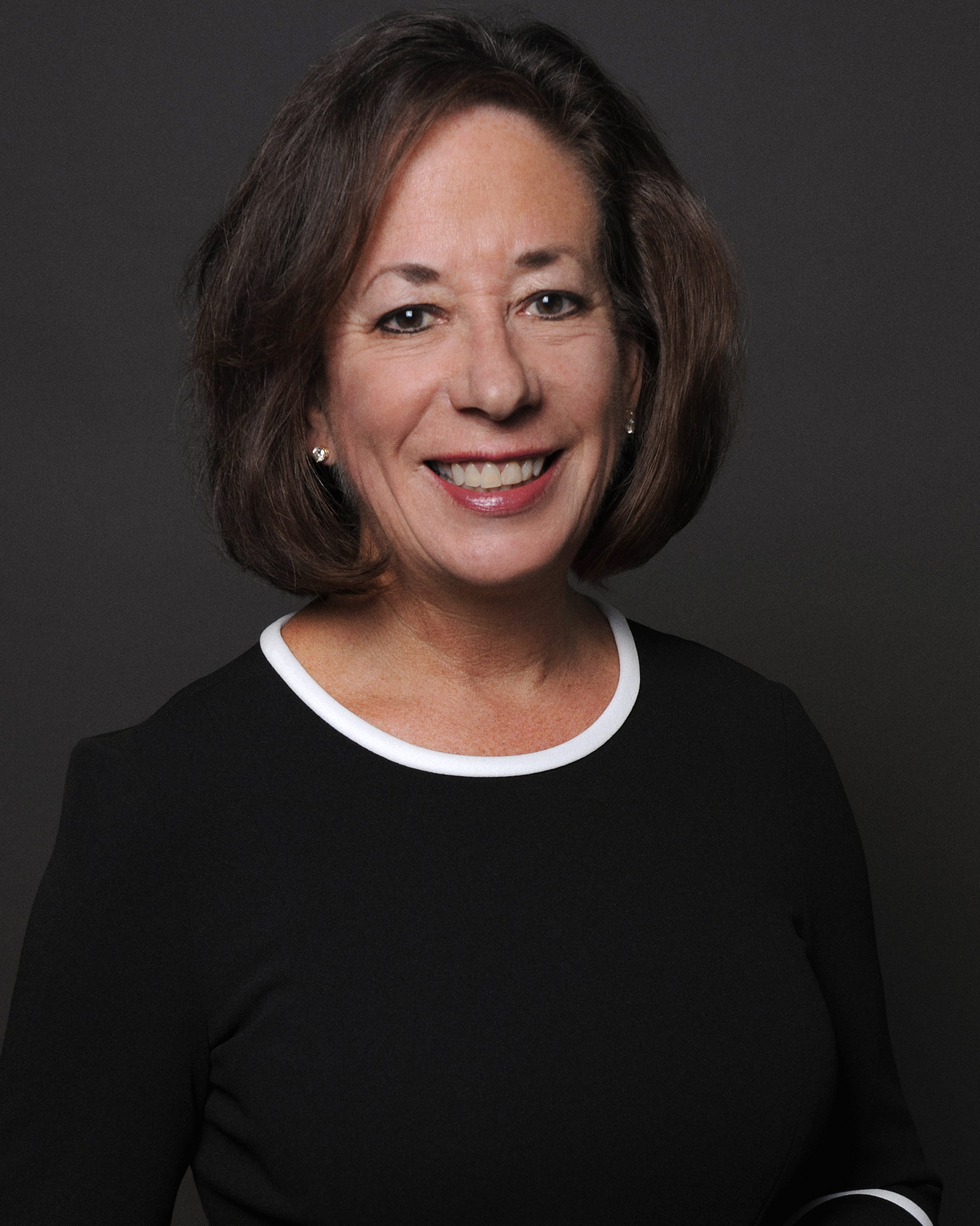This is the third in a four-part series taking an in-depth look at the changing role of HR leaders.
*
As the role of HR within organizations rapidly evolves amid the coronavirus pandemic and ensuing financial concerns, HR leaders also face another challenge that is redefining the position: navigating social justice issues, which have reached heightened levels after the death of George Floyd and subsequent nationwide protests.
While public statements from companies supporting Black Lives Matter have been the norm, many HR executives say they need to be the leaders in helping their companies go further. They are listening to employees about their concerns and publicly committing to increase diversity among employees and senior leadership.
Jo Deal, chief human resources officer of software company LogMeIn, says she has held several employee listening sessions for people to share their feelings and concerns over racial injustice and ideas on how to further commit as a company. She says diversity and inclusion is still a learning process and something the company will continually work to achieve, but she’s trying to educate herself and her employees.

Jill Smart, president of the National Academy of Human Resources and former CHRO at consulting giant Accenture, says HR leaders need to “make sure they’re diverse, they’re inclusive, they create a sense of belonging and they have zero tolerance for any racism or social injustice.”
Steve Pemberton, chief human resources officer at software firm Workhuman, who previously held chief diversity officer positions for companies including Walgreens and Monster, adds that reflection on diversity means “everything for HR.” He sees the workplace as an area that can make significant, lasting changes.
“I think the workplace may be the last best place for us to tackle these issues,” he says. “You think about your week–where in the course of a week in this voluntarily segregated world are you likely to encounter people of different faiths, ethnicities, languages, generations–all oriented toward a common goal? It’s the workplace. I think there’s this awareness now that the places where we work can also be the places where we begin to heal.”
Related: HR has made little progress on D&I. Here’s why
Smart says HR leaders simply need to become role models in their organizations on diversity and inclusion efforts.
“If they’re working in an organization where the leaders don’t get it or don’t want to make it a true priority, there are a lot of things [HR] can do to try to change that–whether it’s conversations, dialogue or to tell the CEO if there are a few people who don’t get it and aren’t doing the right thing–because they have to be held accountable,” she says. “And if you go to the CEO and they won’t do anything, and you go to the board and they won’t do anything, you might not be in the right place.”
*
Read part one in the series here, part two here and part four here.



